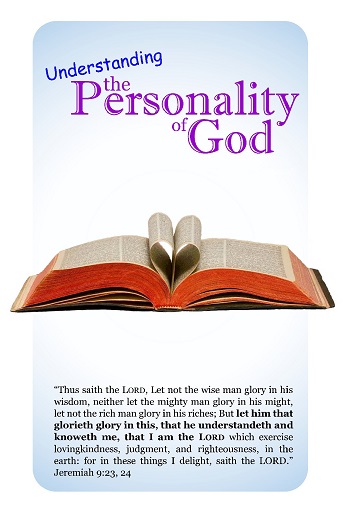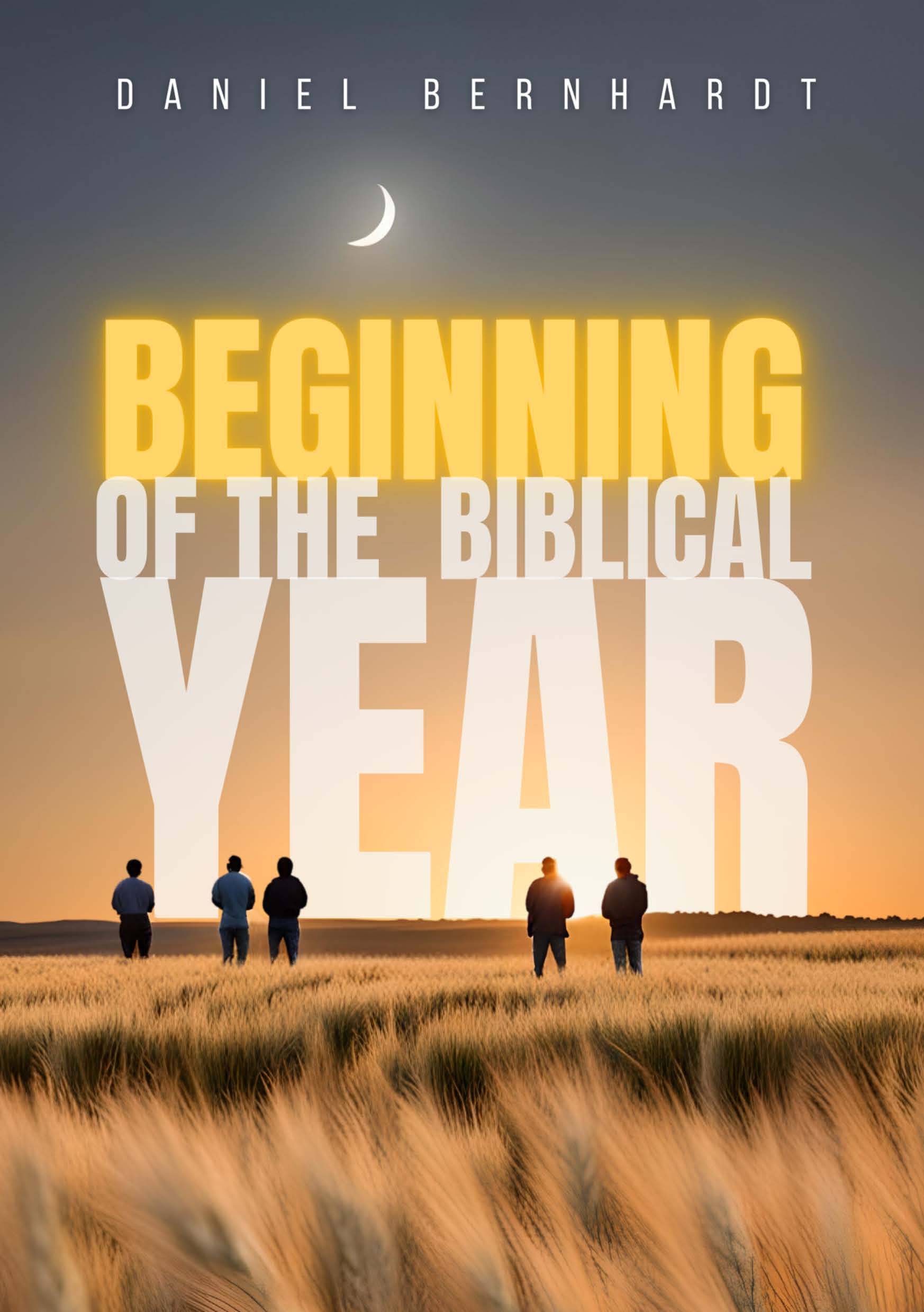Unity and Diversity of Trinitarian perspectives within Adventism 2
In the previous article the wide diversity of Trinitarian perspectives were seen by comparing Max Hatton's beliefs, with those of Pfandl, Whidden, Moon, and Reeve. Hatton accused Moon & friends of Tri-theism because they believe in three divine beings (two of which have bodily forms); Moon & friends indirectly accuse Hatton of being a Trinitarian "Spiritualizer" because He doesn't believe God has a physical form or body, and has only one substance (instead of three similar substances). While both authors accuse each other of damnable heresy, both books are presented to the world-wide Adventist church as teaching the "Truth" about the Trinity. How can these opposite poles of Trinitarian thought harmonize and subscribe to the same 28 fundamental beliefs? Simply because each opposing side "interprets" the creedal statement from their own perspective. Notice carefully statement #2 of the 28 fundamentals:
2. Trinity: "There is one God: Father, Son, and Holy Spirit, a unity of three co-eternal Persons. God is immortal, all-powerful, all-knowing, above all, and ever present. He is infinite and beyond human comprehension, yet known through His self-revelation. He is forever worthy of worship, adoration, and service by the whole creation. (Deut. 6:4; Matt. 28:19; 2 Cor. 13:14; Eph. 4:4-6; 1 Peter 1:2; 1 Tim. 1:17; Rev. 14:7.)"
This is how Max Hatton would interpret statement #2:
"There is one [Divine Being called] God: Father, Son, and Holy Spirit, [who are a complex] unity of three co-eternal Persons [who all share the same substance]. God is [one Being who is] immortal, all-powerful, all-knowing, above all, and ever present. He [this one Being] is infinite and beyond human comprehension, yet known through His self-revelation. He [this one Being] is forever worthy of worship, adoration, and service by the whole creation."
Notice the strength of Hatton's interpretation: The unity of God [mono-theism] is based upon Him existing as One Divine Being with only one divine "substance" or "essence." Now for the weakness: It is difficult to explain how one Divine Being is also Three. Are there three manifestations like in modalism? Are there three parts like two arms and a head? In the end, this teaching always presents the Son of God as non-human; He looks like a man yet that is just an illusion. In reality Jesus is "immortal, all-powerful, all-knowing, above all, and ever present." With this view "God" is not an individual person, but rather a complex entity of invisible parts.
This is how Pfandl, Whidden, Moon, Reeve, Bacchiocchi, Farrell etc. etc. would interpret statement #2:
"There is one [race, family, group, called] God: Father, Son, and Holy Spirit, a unity [based on purpose, character and love] of three co-eternal Persons [separate Beings of separate substances]. God [all Three Beings are] immortal, [all Three Beings are] all-powerful, [all Three Beings are] all-knowing, [all Three Beings are] above all, and [all Three Beings are] ever present. He [all Three Beings are] infinite and beyond human comprehension, yet [all Three Beings are] known through His [Their] self-revelation. He [They are] forever worthy of worship, adoration, and service by the whole creation."
Notice the strength of this interpretation: The threeness of God is easily explained because it's easy to imagine three separate beings who work together for a common goal. Now for the weakness: It is difficult to explain how Three Divine Beings are really only One Divine Being and not Three Gods. Therefore, biblical mono-theism or "one God" must be defined and limited to mean: Three Gods "profoundly united in purpose, mind, and character" and because they always agree, they are not Three Gods but One. (The Trinity, pg.192) With this view "God" is not an individual person, but rather a family, race or group of three.
In summary, statement #2 of the 28 fundamental beliefs can be interpreted several different ways depending upon your perspective. The Modalist can "see" and believe his interpretation. The classical or creedal Trinitarian can subscribe to it as well as the Tri-theist. Talk about one size fits all, it couldn't be more perfect. But wait, there are some who couldn't subscribe to the Trinity statement: all the founders of the Seventh-day Adventist church! (Ministry, Oct/1993 p. 11, George Knight.)
Let's now compare the 1872 statement of beliefs, (used by the Adventist church until 1931), with the 1980 statement of beliefs.
"I. That there is one God, a personal, spiritual being, the creator of all things, omnipotent, omniscient, and eternal, infinite in wisdom, holiness, justice, goodness, truth, and mercy; unchangeable, and everywhere present by his representative, the Holy Spirit. Ps. 139:7.
II. That there is one Lord Jesus Christ, the Son of the Eternal Father, the one by whom God created all things, and by whom they do consist..."
Firstly, notice that God is a singular, tangible, personal being rather than a complex tri-entity (Hatton); or three beings united as one (Moon). Secondly, that Jesus Christ, is "the Son of the Eternal Father" and that the Holy Spirit is the representative omnipresence of God the Father. Is says nothing about Father, Son, Spirit being "One," "God," "co-eternal," "ever-present," "forever worthy of worship, adoration, and service by the whole creation" (as in the 1980 statement).
Let's review the 1872 statement again with the intended emphasis of the pioneers:
"I. That there is one God [the Father], a personal [with form and features], spiritual [mind, thoughts, feelings], [singular] being, the creator of all things [original source and not just "functioning" as source], omnipotent [all powerful], omniscient [all knowing], and eternal [not co-eternal], infinite in wisdom, holiness, justice, goodness, truth, and mercy; unchangeable [why could the Son change and become human, yet the Father could not?], and everywhere present [His own omnipresence], by his representative, the Holy Spirit. Ps. 139:7.
II. That there is one Lord Jesus Christ, the Son of the Eternal Father, [it doesn't say "eternal Son of the Eternal Father"], the one by whom God [the Father] created all things, and by whom they do consist..."
Few would argue that there are huge differences between the 1872 statement of beliefs and the 1980 statement of beliefs regarding the identity and nature of God. The question is which statement of belief adheres closest to the intent and meaning of Scripture? Modern Adventism claims the 1872 statement needed to be changed (1931) in order to include the Trinity doctrine. Then it needed to be changed again in 1980 to further expound upon this sublime truth. Yet, as the late, great Samuel Spear once said, “It is only when men speculate outside of the Bible and beyond it, and seek to be wiser than they can be, that difficulties arise; and then they do arise as the rebuke of their own folly. A glorious doctrine then becomes their perplexity, and engulfs them in a confusion of their own creation.” (Samuel Spear, The Bible Doctrine of the Trinity, 1892)
So let's look at statement number two of the 28 fundamental beliefs one more time and compare it to scripture.
"There is one God: Father, Son, and Holy Spirit, a unity of three co-eternal Persons. God is immortal, all-powerful, all-knowing, above all, and ever present. He is infinite and beyond human comprehension, yet known through His self-revelation. He is forever worthy of worship, adoration, and service by the whole creation. (Deut. 6:4; Matt. 28:19; 2 Cor. 13:14; Eph. 4:4-6; 1 Peter 1:2; 1 Tim. 1:17; Rev. 14:7.)"
Now, please look up the Bible verses kindly supplied in this statement of belief, and compare each verse with the above statement. Then, try with your wildest imagination to understand how these Bible texts have any relationship to this statement whatsoever.





